Available since September 2019, the Asus ROG Phone II is specifically designed for gamers (in fact, “ROG” stands for “Republic of Gamers”). With a focus on performance and screen quality, it’s equipped with a powerful processor and large-capacity battery. In terms of imaging, it comes with a Sony IMX586 48MP f/-1.79 main camera, a 13MP ultra-wide second rear camera, and a 24MP /f2.0 front camera. It has HDR and 4K@60fps video. Read on to see how it performed in our DXOMARK smartphone rear cam tests.
Key camera specifications:
- Dual-camera setup
- Sony IMX586 48MP f/1.79 main camera, 26mm-equivalent
- 13 MP, f/2.4, 11mm (ultra-wide)
- PDAF, laser AF
- Single LED flash, HDR
- 4K video@60fps (tested at default 4K@30fps)
About DXOMARK Camera tests: For scoring and analysis in our smartphone camera reviews, DXOMARK engineers capture and evaluate over 1600 test images and more than 2 hours of video both in controlled lab environments and in natural indoor and outdoor scenes, using the camera’s default settings. This article is designed to highlight the most important results of our testing. For more information about the DXOMARK Camera test protocol, click here. More details on how we score smartphone cameras are available here.
Test summary


The Asus ROG Phone II achieves an overall DXOMARK Camera score of 95, which puts it in the top half of our image quality database, but rather a ways from the smartphones at the top of our rankings. As noted above, the ROG Phone II is aimed at gamers, so it isn’t entirely surprising that Asus’s decision to pack it full of gaming-oriented components comes at the expense of the image quality Asus provided with its slightly older smartphone, the Asus Zenfone 6. Still, the fact that the less-expensive Zenfone 6 beats the ROG Phone II in nearly every photo and video sub-category (and sometimes significantly so) is a bit disappointing, especially considering the difference in price.
As its sub-score of 83 indicates, the ROG Phone II has good target exposure overall in both indoor and outdoor conditions; however, its white balance, while mostly accurate indoors, can be susceptible to a very slight orange cast; outdoors, there is a stronger and much more noticeable pink cast.
The ROG Phone II’s dynamic range is a bit too limited and shows clipped highlights, and its exposure is sometimes low in backlit scenes; moreover, it also suffers from slight exposure instabilities. This said, contrast is good, with almost no visible tone compression. In the samples below, all three devices show good target exposure, but the older Asus Zenfone 6 has better dynamic range than both the ROG Phone II and the LG G8 ThinQ.
In the low-light (1 lux) lab shot below, you can see that the Asus ROG Phone II image is globally underexposed, with limited color rendering and a lot of thin luminance noise.
Colors are pleasant in most situations; however, they can be locally undersaturated in HDR scenes and inaccurate in dark areas. As mentioned above, indoor white balance is usually accurate, but outdoors, as you can see in the photo below, there is a pink cast to the sky; colors are globally undersaturated; and the color rendering of the yellow giraffe—legs in particular—is inaccurate. Moreover, a slight orange cast appears sometimes in indoor and low-light scenes; slight color shading is visible in outdoor and indoor conditions, and noticeable color shading appears in low light (20 lux and below).
Autofocus is one area in which the ROG Phone II shines, scoring a very good 96—but even this score is bested by both the Zenfone 6 (99) and the LG G8 (97). Still, it is fast, accurate, and repeatable.
With a sub-score of 67, the ROG Phone II’s performance in terms of texture preservation is on the same level as its sibling Zenfone 6’s, and not far off from the LG G8’s (70)—and indeed, the three devices are very similar in texture in every lighting condition: as the light is reduced, all three progressively lose fine detail rendering. (It is worth noting, perhaps, that all three devices are solidly “middle of the pack” for this attribute, but the very best in our database are currently achieving scores in the mid-80s.)
The ROG Phone II controls noise fairly well in outdoor and indoor conditions. The 1000 lux comparison shots below are representative of the overall noise ranking among the three phones: the Zenfone 6 at 77 is better at controlling noise than either the ROG Phone II (72) or the LG G8 (70).
The Asus ROG Phone II’s artifacts score of 59 is on the low end, as the device suffers from several problems attributable to HDR technology. In the left-hand example below, there is very strong color quantization visible in the dark areas on the bottom left; further, the fence bars show strong haloing. In the backlit scene at right, you can see a strong ghosting artifact on the moving hand. Flare can also be an issue in scenes with bright sunshine.
The ROG Phone II turned in a somewhat disappointing performance for Night, scoring only 39. As shown in the photo below, shot in Night mode, both highlights and shadows are clipped; details are lost; and a lot of noise is visible, especially in the sky.
It’s worth noting that the ROG Phone II has a single-LED flash, whereas the Zonefone 6 has a dual-LED flash, which helps explain the latter’s superior Night performance. This said, ROG Phone II flash shots show accurate white balance and good color rendering at 0 lux (without additional lighting)—but also strong luminance noise and poor detail preservation. Moreover, there can be visible exposure and noise variations between shots. When mixed with tungsten light (5 lux), white balance turns orange and displays visible color shading, along with luminance noise and quite poor detail preservation; and again, there can be slight exposure variations in consecutive shots. The flash sometimes triggers inappropriately for cityscape scenes, while sometimes failing to trigger for portraits. When it triggers for portraits, however, detail preservation is quite good. Flash-off mode shows strong noise and white balance instabilities, with ghosting and strong luminance noise visible on moving objects. Night mode produces better overall exposure, but target exposure is still very low.
Without dedicated tele-lens modules, it is not surprising that both the Asus ROG Phone II and Zenfone 6 models do not score well for Zoom. While the ROG Phone II shows good overall target exposure (though occasionally slightly too high in outdoor conditions), it loses detail at 2x and 5x ranges, and both strong color quantization and luminance noise are visible in images. Strong halo artifacts are visible at long range, and fake textures and moiré can be visible in medium- and long-range shots. In the crops of the images below, the loss of detail is apparent among all three devices. The fence bars in ROG Phone II appear blurrier and out of focus in comparison to those in the LG G8 shot; but of the three, the Zenfone 6’s rendering is the most problematic in this instance.
The ROG Phone II’s score of 50 matches that of the Zenfone 6 and is rather better than the LG G8’s (40). But the ROG Phone II’s bokeh trigger is a bit unstable; moreover, our engineers also observed some slight white balance instabilities. While depth estimation is accurate overall, some small artifacts are visible in the sample below, especially around the model’s ears and neck. On the plus side, blur transitions are very smooth, and spotlight shape is good, even if their edges are a bit too diffuse.
At a low 29 points, the ROG Phone II’s Wide performance is just slightly better than its sibling Zenfone 6’s (28 points), and a little ways behind the LG G8 (34 points). Both Asus phones have trouble handling artifacts; for the ROG Phone II, our testers observed some color fringing on image edges, along with visible color shading and the oft-present pink cast (particularly visible in outdoor conditions). Colors are undersaturated and target exposure is sometimes low in outdoor and indoor conditions. Moreover, our experts saw exposure variations between shots, along with fake-looking textures on vegetation, and strong noise in dark areas.
As for Video, the ROG Phone II’s achieved a respectable 92, helped by good sub-scores for autofocus, texture, and stabilization. Exposure and color are decent, but quite far from the best in class, and the same can be said for noise. All three devices in our comparison control artifacts quite well. Both the ROG Phone II and the Zenfone 6 shoot 4K video and perform similarly when it comes to texture preservation—in fact, they are both in the top 5 in our database for this category (as the LG G8 does not shoot 4K video, it lags quite a ways behind). This said, the two Asus smartphones both suffer from a lot of noise, especially in indoor and low-light conditions—the ROG Phone II in particular (with the LG G8 only a bit better). Both Asus devices have very good stabilization, but display exposure instabilities, with videos that are generally underexposed in outdoor conditions. Despite its good sub-score for stabilization, ROG Phone II footage can suffer from a lot of frame shifts, especially in indoor conditions.
Conclusion
As we noted at the very beginning of this review, the Asus ROG Phone II is targeting gamers, not photographers or videographers; even so, its imaging capabilities are not particularly bad, but just a bit disappointing when compared to its older (and less expensive) Zenfone 6 sibling. The Asus ROG Phone II’s biggest drawback is its inconsistency: there can be marked differences between photos shot in a series, and unpleasant frame shifts in video footage.
Photo
Pros
- Autofocus is fast and efficient
- Accurate target exposure in indoor and outdoor conditions
- White balance is often accurate in indoor conditions
- Bokeh: fairly good depth estimation and smooth blur transitions.
Cons
- White balance casts are often visible in outdoor conditions
- Strong color quantization in dark areas
- Target exposure and white balance instabilities are noticeable
- Ghosting is often visible in high dynamic scenes
- Zoom: limited texture and visible artifacts at medium and long range.
- Wide: color shading is visible, colors are under-saturated and noise is very visible
Video
Pros
- Stabilization is quite efficient in outdoor conditions
- Details are well preserved in outdoor and indoor conditions
- Autofocus is fast and accurate
Cons
- Outdoor scenes are generally underexposed with some big step instabilities
- Frame shift often visible, especially in indoor conditions
- Color casts in outdoor and indoor conditions and slight white balance instabilities.
- Strong noise visible on moving objects.




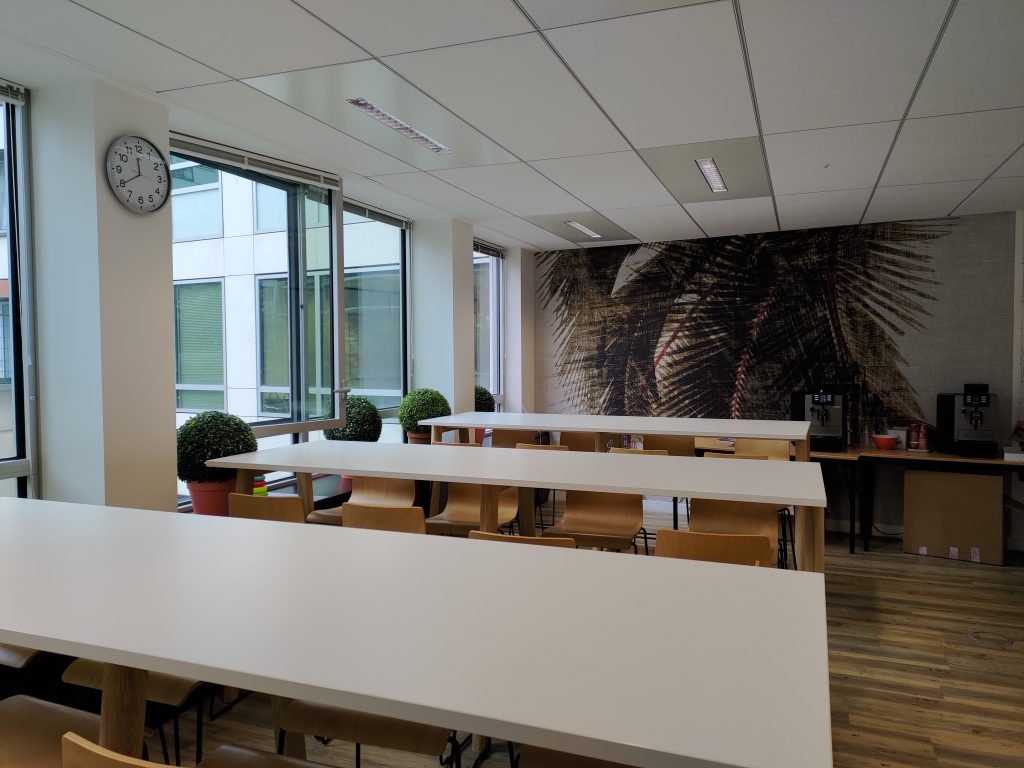

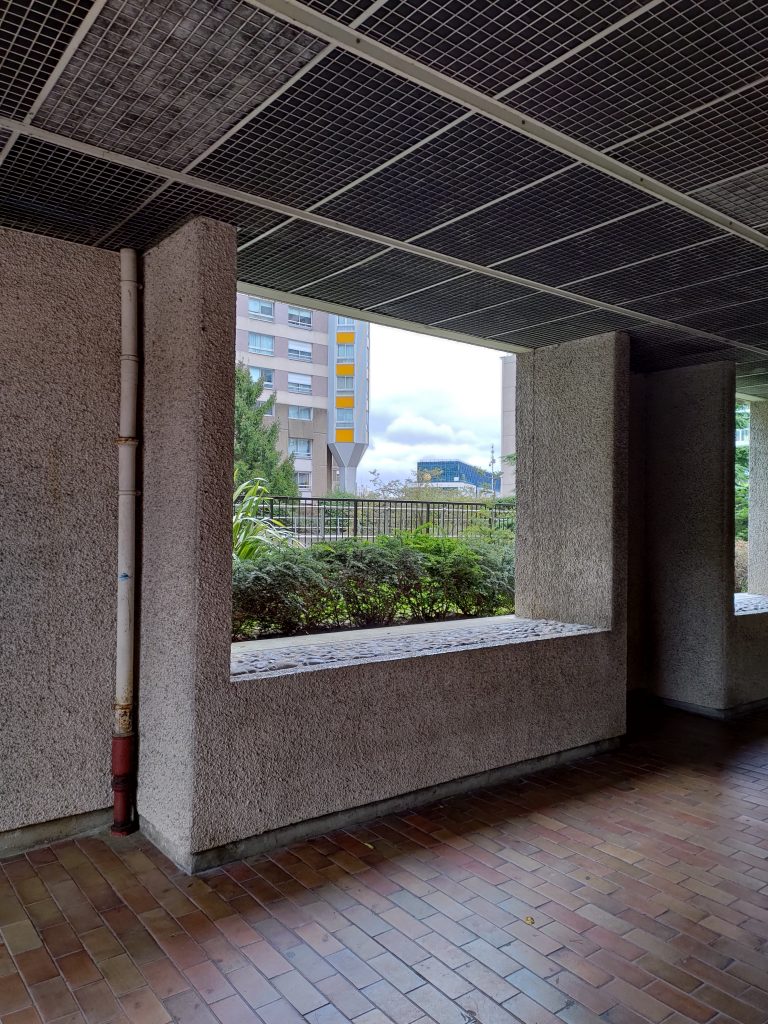
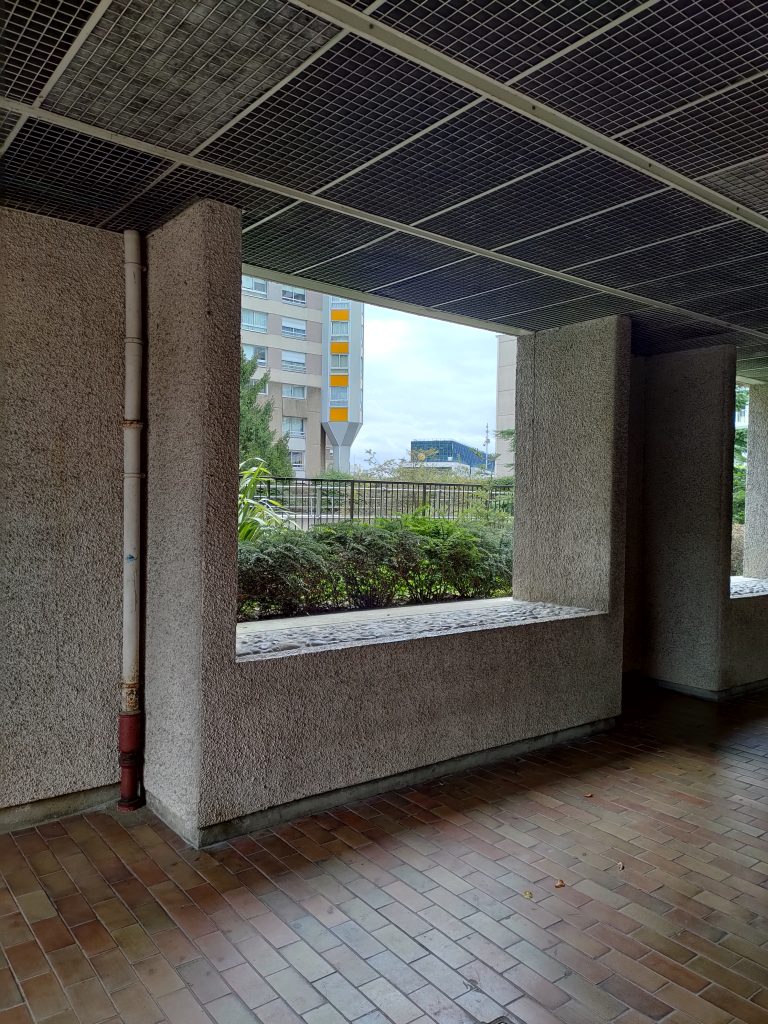
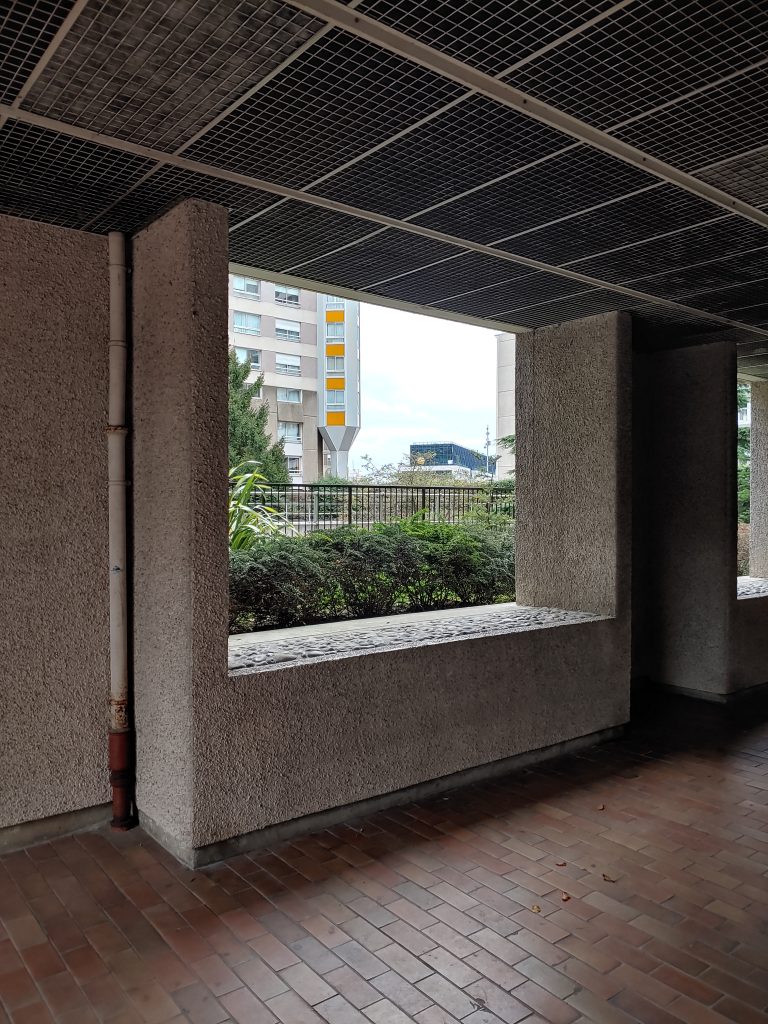
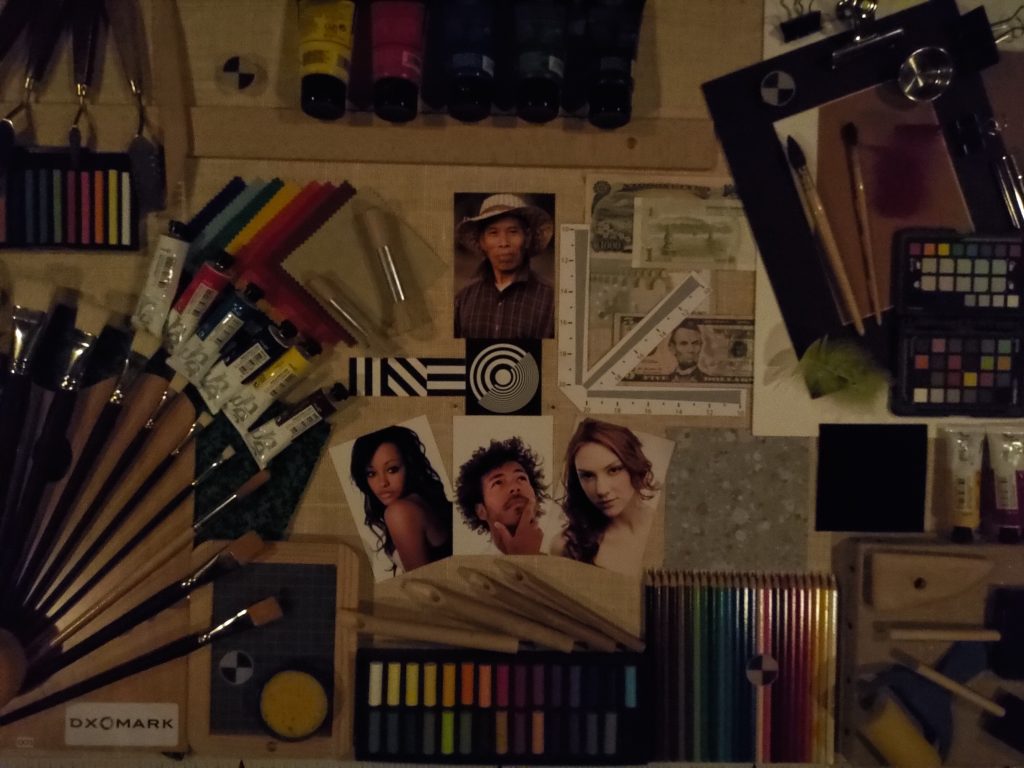
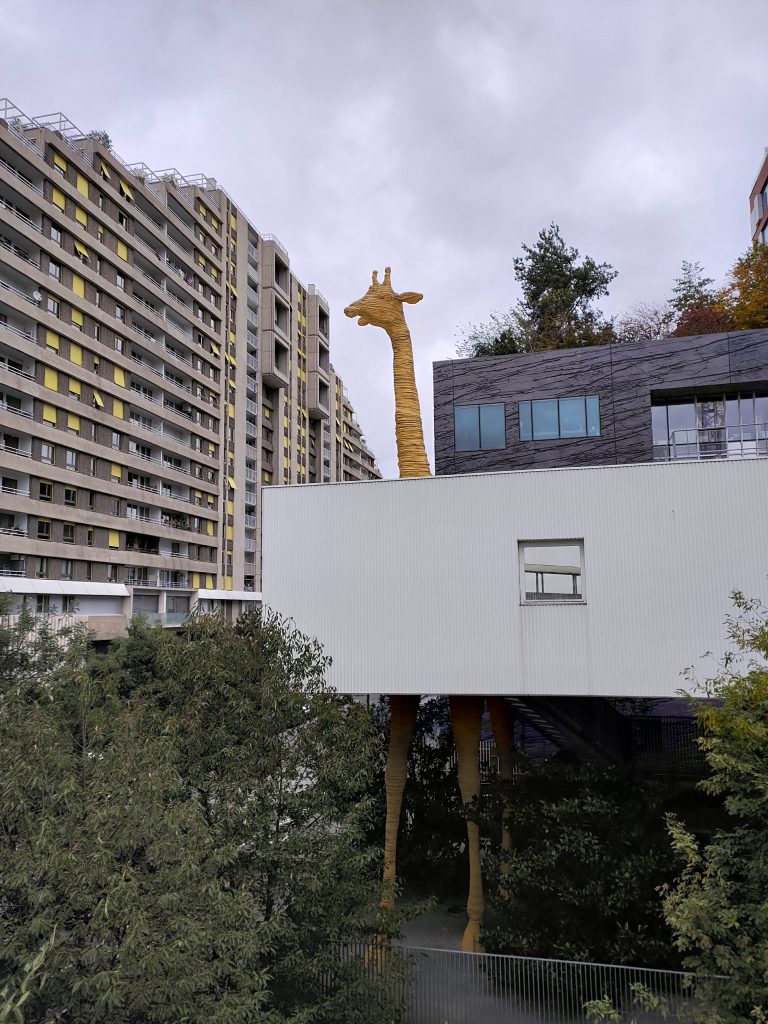
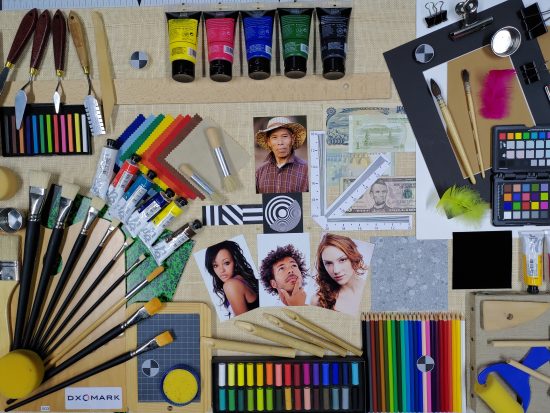
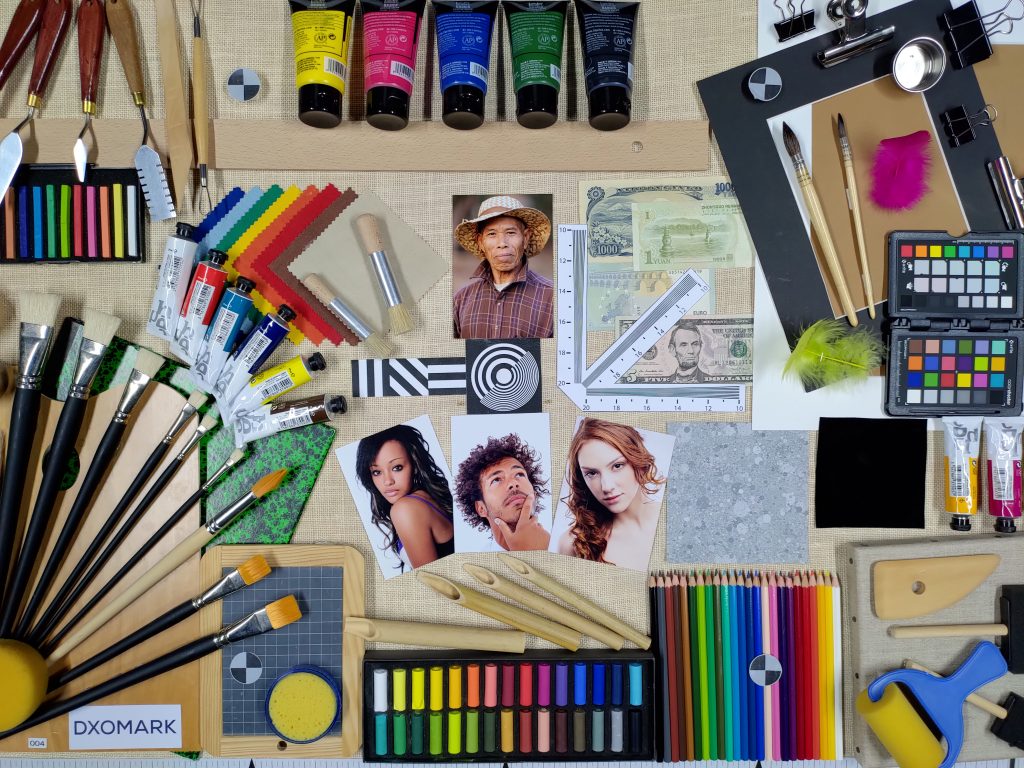
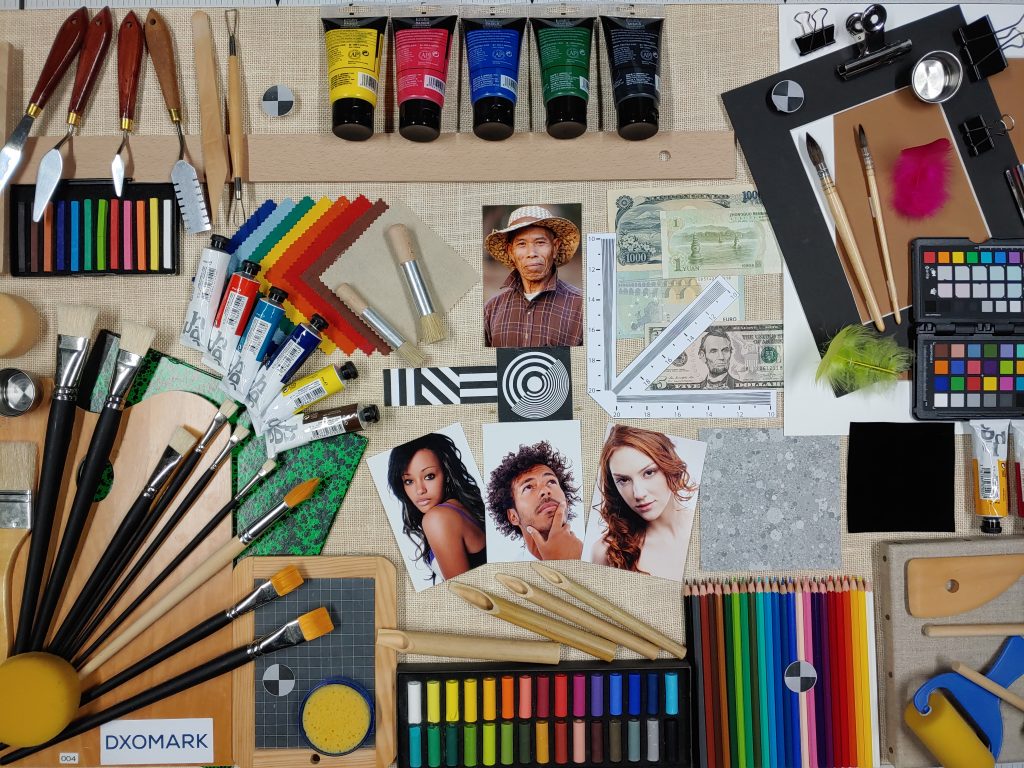
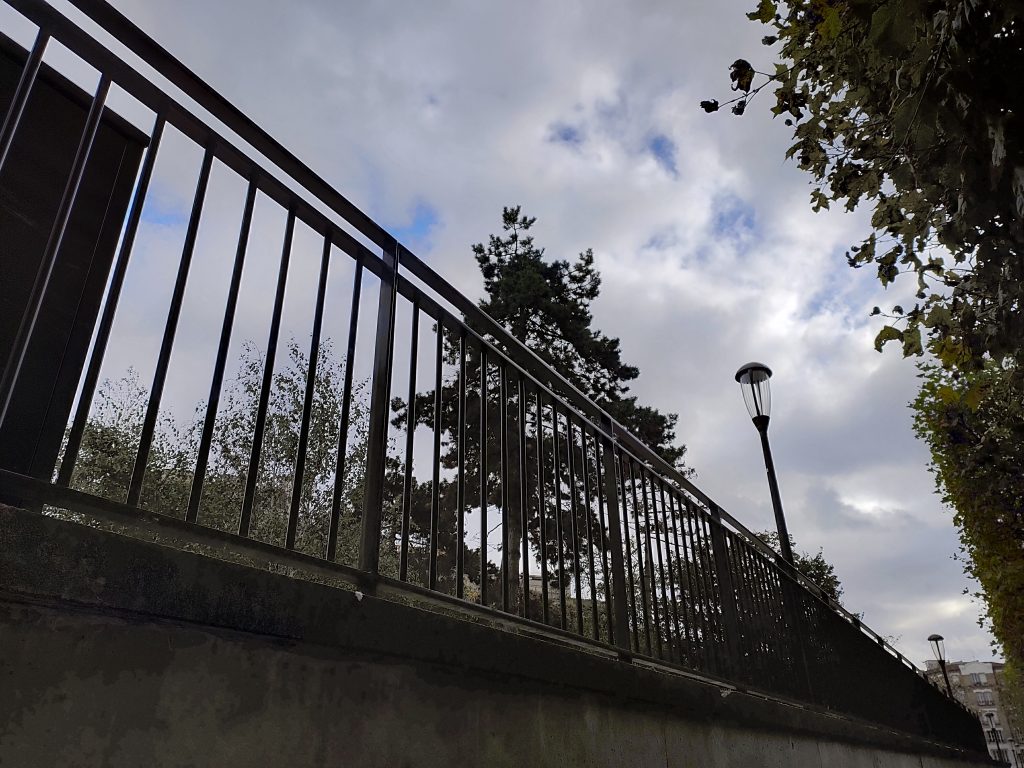
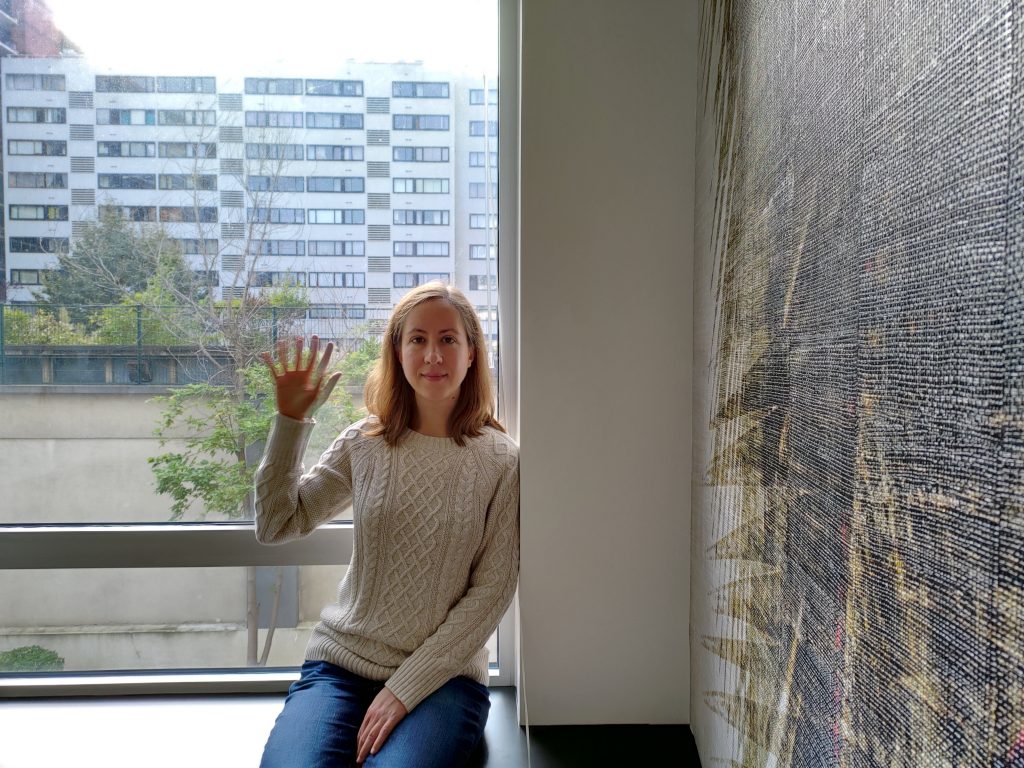

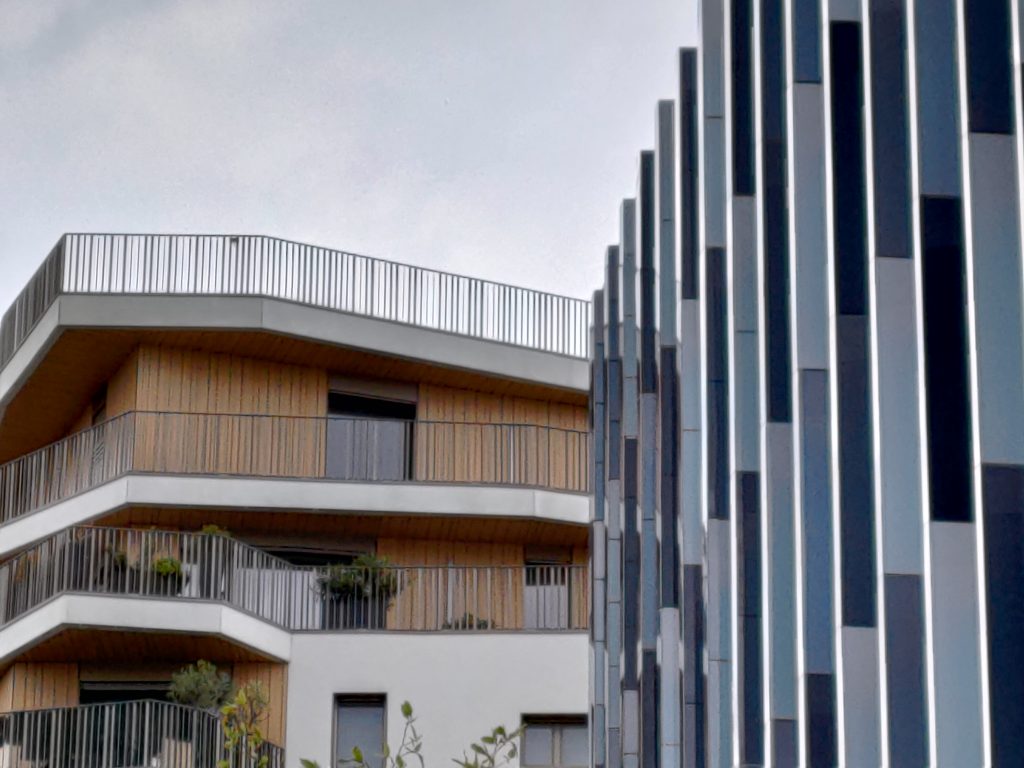
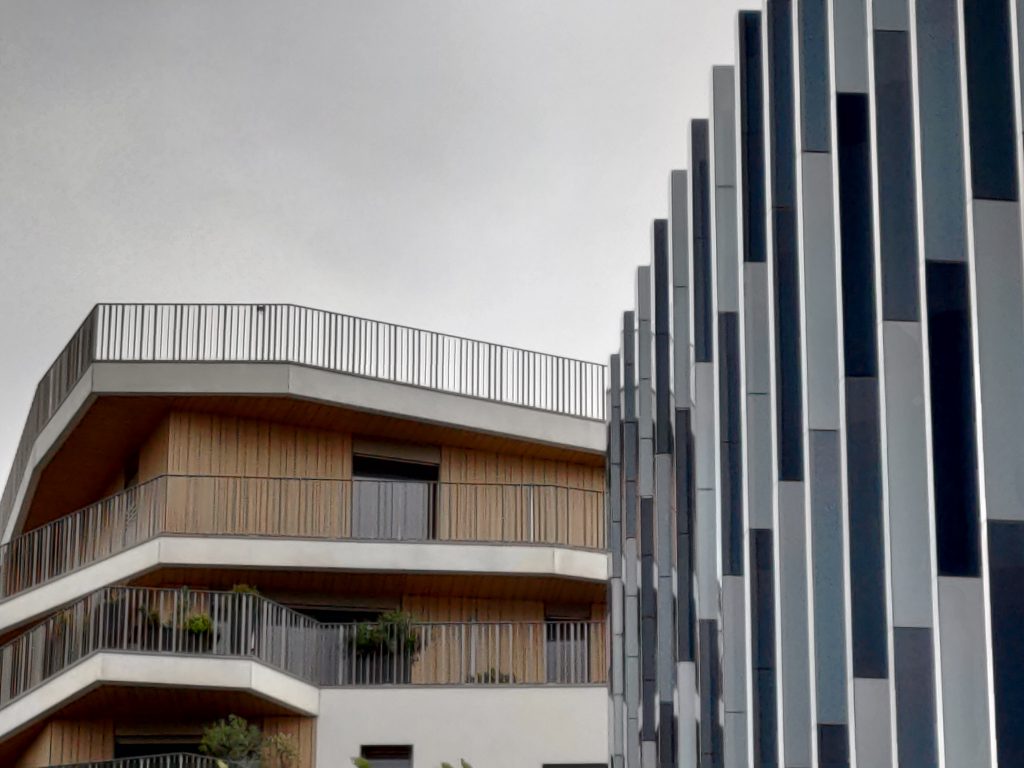
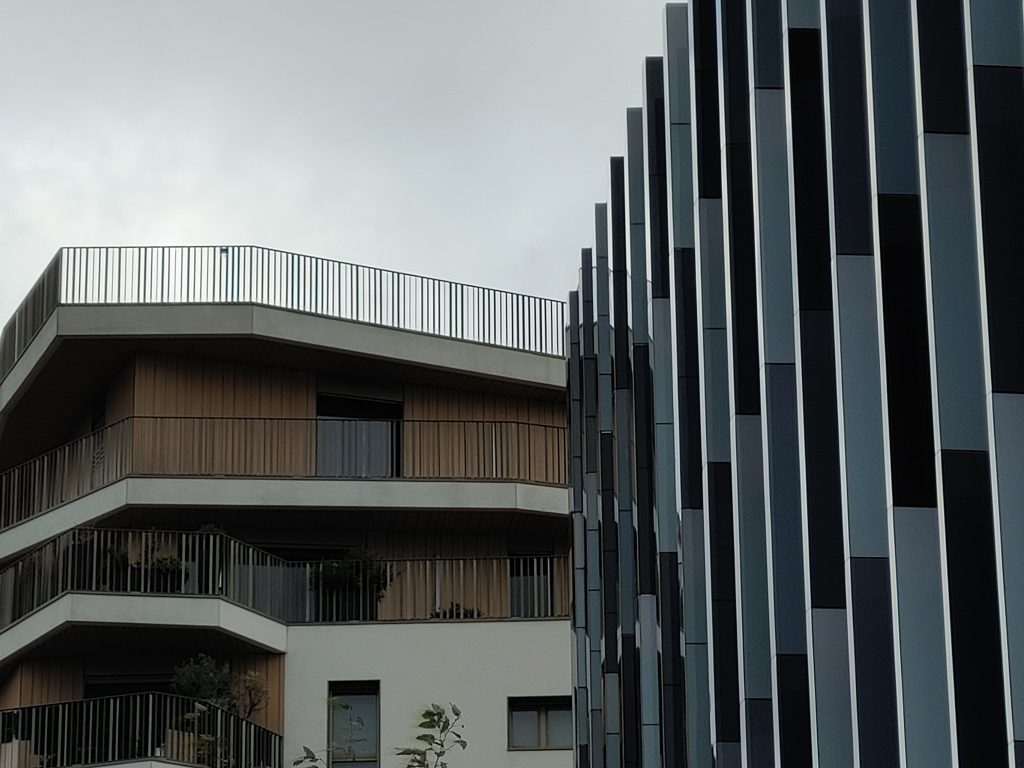






DXOMARK encourages its readers to share comments on the articles. To read or post comments, Disqus cookies are required. Change your Cookies Preferences and read more about our Comment Policy.